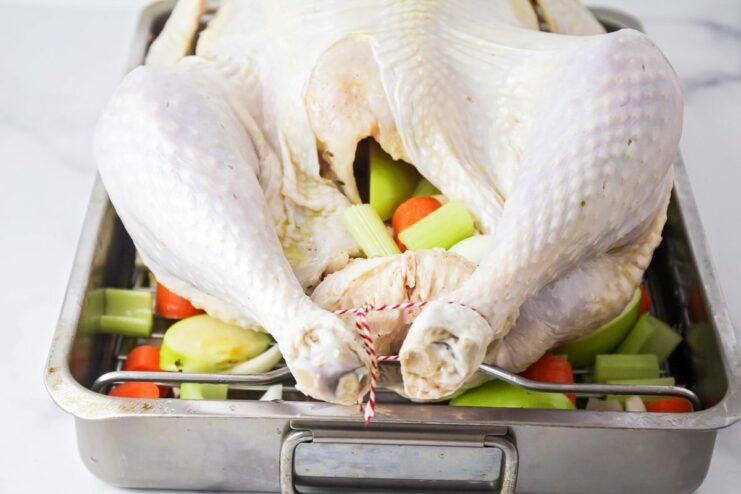Cooking a turkey for a special occasion can be an exciting and rewarding experience. However, sometimes things don’t go according to plan, and you find yourself with an uncooked turkey.
It could be a result of inaccurate cooking time estimates, an oven malfunction, or simply underestimating the size of the bird. Whatever the reason, it’s important to handle the situation properly to ensure the safety and deliciousness of your meal. In this guide, we will explore what to do if your turkey is not fully cooked and how to salvage the situation.
Assess the Situation
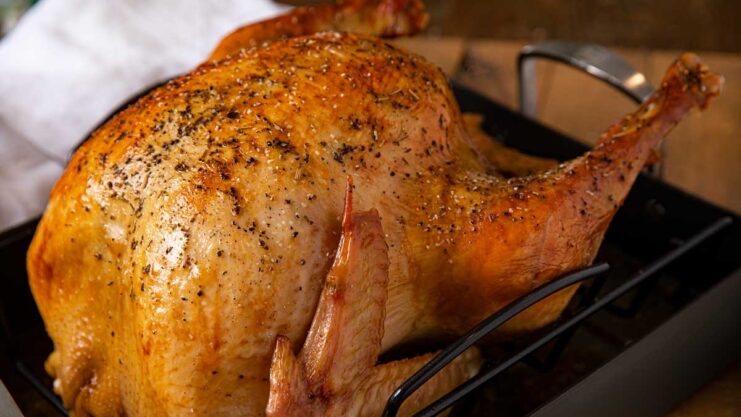
The first step is to determine the extent of the undercooking. Check the internal temperature of the turkey using a meat thermometer. The minimum safe internal temperature for a cooked turkey is 165°F (74°C).
If the temperature is close to the desired range, you may be able to finish cooking the turkey without much hassle. However, if it is significantly below the recommended temperature, further steps will be required.
Increase the Oven Temperature
If the turkey is only slightly undercooked, you can return it to the oven and continue cooking. Preheat the oven to 325°F (163°C) and place the turkey back in the oven on a roasting rack or shallow pan. Cook until the internal temperature reaches the desired 165°F (74°C). Remember to baste the turkey occasionally to keep it moist and flavorful.
Tent with Aluminum Foil
If the turkey is browning too quickly while you’re trying to fully cook it, you can tent it with aluminum foil. This will slow down the browning process and help the inside of the turkey cook more evenly. Simply cover the top of the turkey with a loose sheet of foil, leaving the sides open for airflow.
Carve and Finish Cooking
If you find that the turkey is severely undercooked and you don’t have the time to cook it fully in the oven, you can opt for an alternative method. Carefully remove the turkey from the oven and carve it into smaller pieces. This will reduce the cooking time required for each individual portion.
Place the carved pieces in a large skillet or sauté pan with some liquid, such as chicken broth or turkey stock. Cover the pan and cook over medium heat until the turkey reaches the safe internal temperature of 165°F (74°C). This method can be particularly useful if you’re running short on time.
Utilize a Grill or Smoker
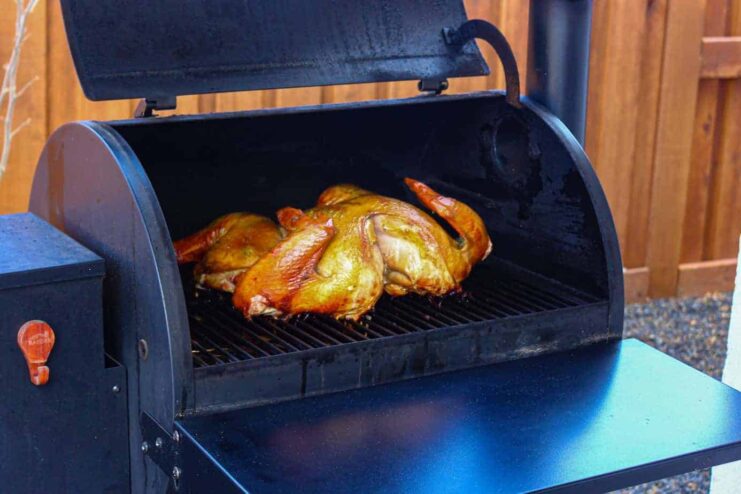
If you have access to a grill or smoker, you can transfer the partially cooked turkey to it for finishing. Set up the grill for indirect heat by turning on only one side and placing the turkey on the unlit side. Close the lid and cook until the internal temperature reaches 165°F (74°C). Keep an eye on the temperature and adjust the heat as needed. This method will infuse the turkey with a smoky flavor, giving it a unique twist.
Rest and Monitor
Once you have finished cooking the turkey, it’s crucial to let it rest before carving. This allows the juices to redistribute throughout the meat, resulting in a more tender and flavorful turkey. Tent the cooked turkey with foil and let it rest for about 20 to 30 minutes. During this time, monitor the internal temperature to ensure it remains at a safe level.
Safety First
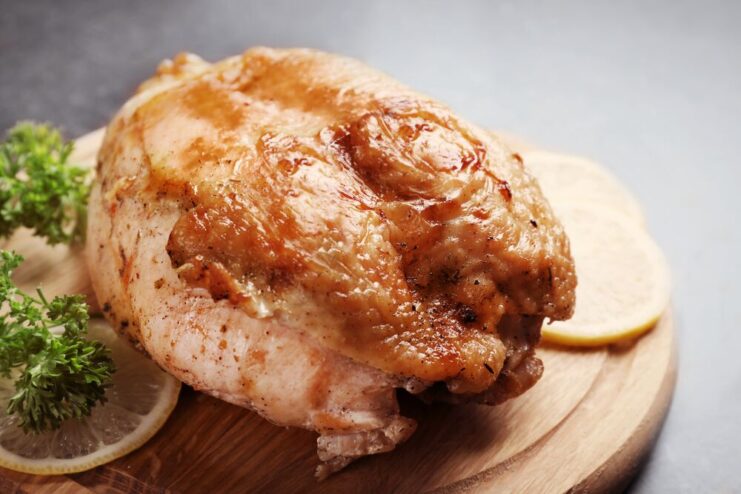
It’s important to remember that food safety should always be a priority. Never serve undercooked turkey to your guests, as it can lead to foodborne illnesses. If you’re uncertain about the safety of the turkey, it’s better to discard it and consider alternative meal options.
Additional tips
Mistakes happen in the kitchen, but with these tips, you can salvage an undercooked turkey and still have a delicious meal. However, prevention is always better than a cure. Here are a few tips to help you avoid the situation of an undercooked turkey in the future:
Thaw Properly
If you’re starting with a frozen turkey, make sure to allow enough time for it to thaw thoroughly in the refrigerator. A general rule of thumb is to allow 24 hours of thawing time for every 4-5 pounds of turkey. This ensures that the turkey cooks evenly and reduces the risk of undercooking.
Use a Meat Thermometer
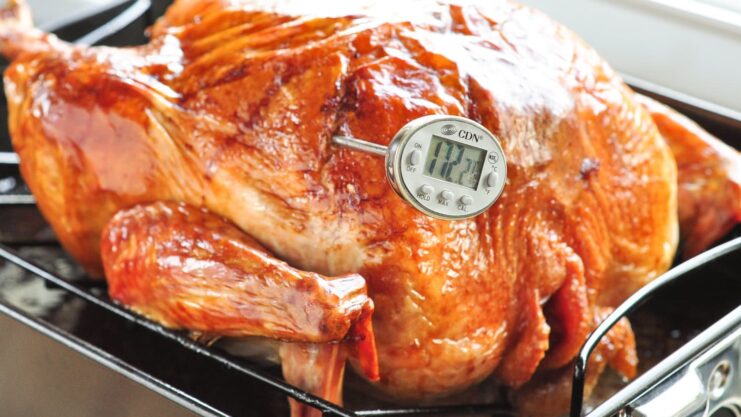
Investing in a reliable meat thermometer is essential for cooking a turkey (or any other meat) to perfection. By checking the internal temperature, you can ensure that the turkey reaches the safe minimum temperature of 165°F (74°C) in the thickest part of the thigh, without overcooking it.
Calculate Cooking Time Accurately
Different turkey sizes require different cooking times. Refer to a trusted cooking chart or calculator to determine the appropriate cooking time based on the weight of your turkey. Remember that these are estimates, and it’s always better to rely on the internal temperature rather than solely relying on cooking time.
Consider Using a Probe Thermometer
A probe thermometer can be a valuable tool for monitoring the internal temperature of the turkey while it’s in the oven. It consists of a probe that remains in the turkey and a separate display outside the oven, allowing you to monitor the temperature without opening the oven door. This helps maintain a consistent cooking environment and prevents heat loss.
Tent with Foil as Needed
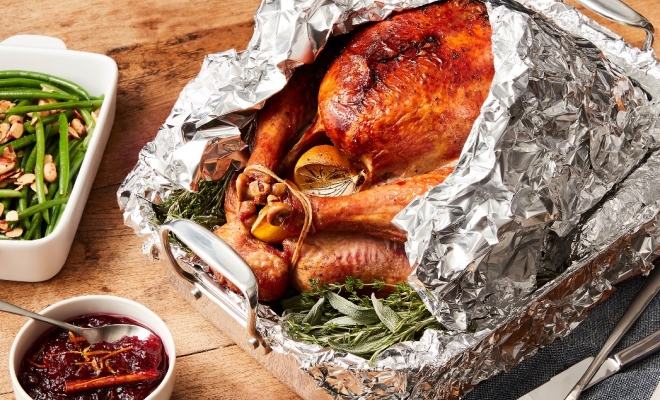
If you notice that the turkey is browning too quickly on the outside while the inside is still undercooked, you can tent it with foil to slow down the browning process. This will allow the turkey to cook more evenly and reduce the risk of the exterior becoming overly browned or burnt.
Let the Turkey Rest
After the turkey is fully cooked, resist the temptation to carve it immediately. Letting it rest for about 20 to 30 minutes allows the juices to redistribute, resulting in a juicier and more flavorful turkey. Tent it loosely with foil to keep it warm during the resting period.
Conclusion
Remember, cooking a turkey requires patience and attention to detail. By following these tips and being prepared with backup plans, such as alternative cooking methods, you can overcome the challenge of an undercooked turkey and still serve a delicious meal to your guests.
In conclusion, an undercooked turkey doesn’t have to be a disaster. With proper handling, temperature monitoring, and a few adjustments, you can salvage the situation and ensure a safe and tasty turkey feast.

